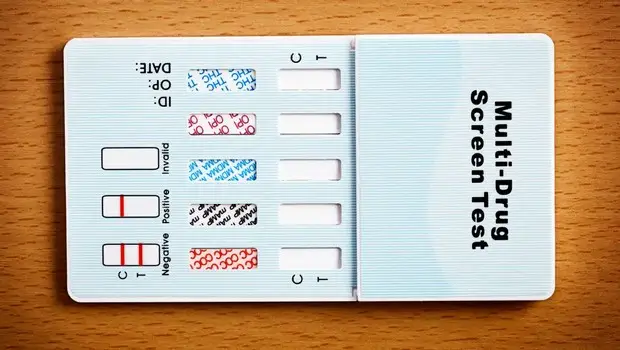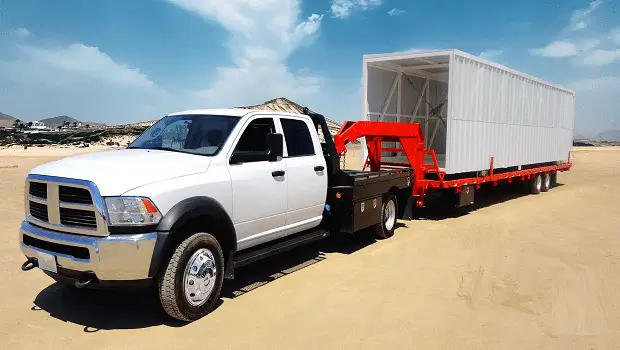

January 27, 2023

2546 Views

4 min read
DOT Drug And Alcohol Testing
Page Contents
When it comes to driving safely and professionally, drug and alcohol testing is a critical element in keeping our roads safe. The Department of Transportation (DOT) mandates that certain employers must participate in drug and alcohol testing for their employees involved in safety-sensitive roles, such as truck drivers.
As a trucking company, you need to be aware of the dangers of drug and alcohol use on the job. The Department of Transportation (DOT) has strict guidelines for testing that all truckers must follow to maintain safe driving standards.
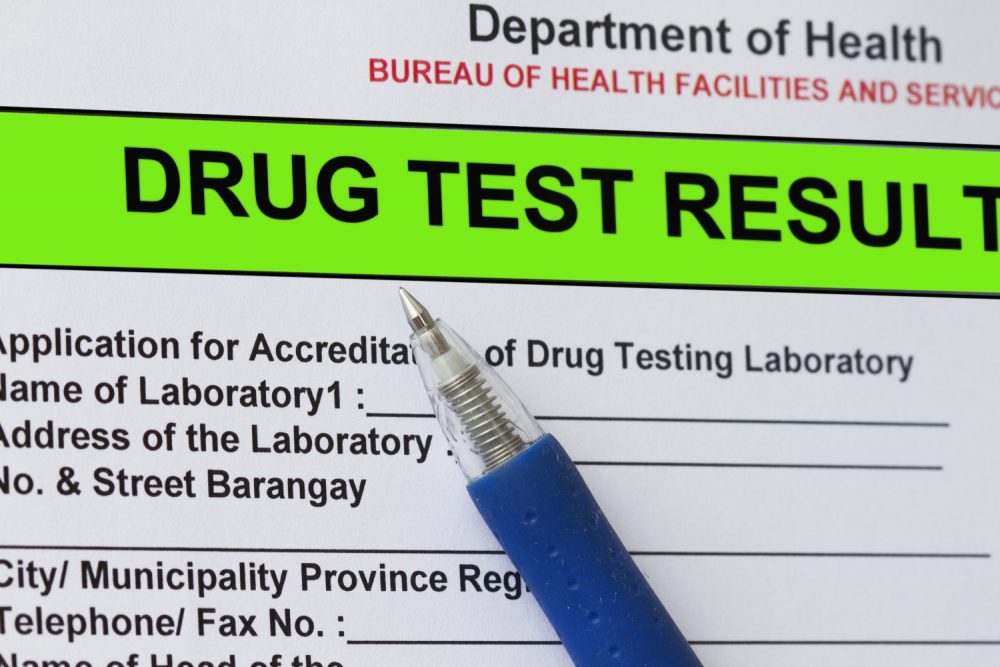
What Is DOT Drug And Alcohol Testing?
DOT drug and alcohol testing is a set of requirements that all commercial drivers must follow to comply with federal regulations. The regulations mandate that truckers undergo random drug and alcohol tests before they can drive any commercial vehicle. The tests are designed to detect and deter the use of any illegal substances while on the job.
These tests must be conducted by certified collectors trained to collect, store, and test the specimens safely and securely.
Understanding Split Specimen Tests
Split specimen tests are an essential part of DOT drug and alcohol testing. This test involves taking two separate samples from an individual for laboratory analysis.
The first sample is known as the “A-sample,” and it is analyzed for drugs, alcohol, and other substances that may be present in the system.
The first sample is referred to as the “primary specimen” because it contains most of the test material. The second specimen, the “split” sample, or B-sample, serves as a backup test to ensure the accuracy of results. If there are discrepancies between the two samples, a medical review officer (MRO) must be contacted to review the results.
Once the MRO has reviewed the test results, they will contact the person who was tested with their findings and provide them with an opportunity to explain any discrepancies or inconsistencies in their testing. It is important to note that the results of a split specimen test are considered more reliable than the results of a single sample test.
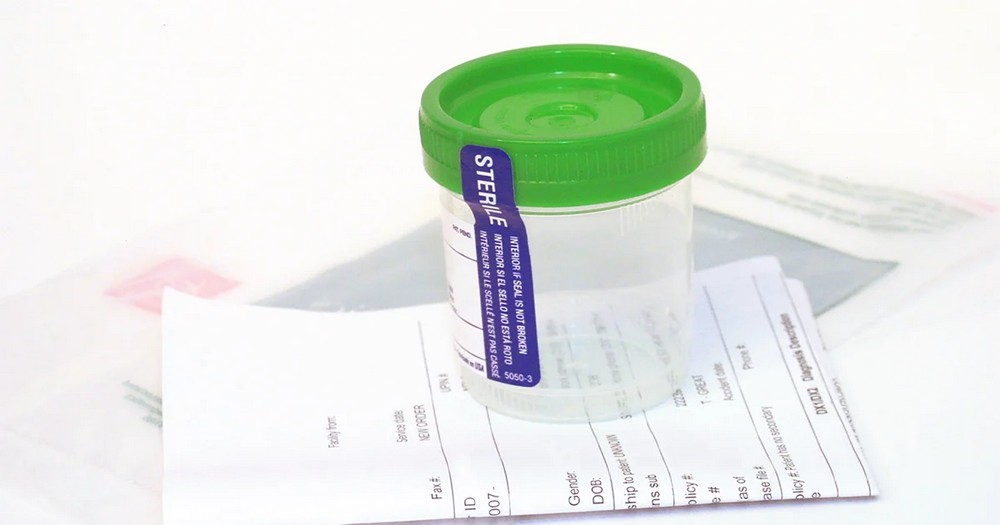
How Does DOT Drug And Alcohol Testing Work?
The process is relatively simple. All commercial truckers must be tested before driving a vehicle and then tested at random times throughout the year. The tests are conducted by approved laboratories and must be done in the presence of a supervisor. If the test returns positive, the driver may face suspension or even termination from their job.
What Types Of Tests Are Conducted During DOT Drug And Alcohol Testing?
The most common type of test is a urine or saliva sample, which will look for traces of drugs and alcohol in the body.
The other type of test is a breathalyzer, which measures the alcohol content in your breath. Both tests are conducted on-site at approved laboratories and must be done in the presence of a supervisor.
What Happens During DOT Drug and Alcohol Testing
DOT drug and alcohol tests are administered by specially trained collectors who follow the strict procedures established by the U.S. Department of Transportation (DOT). These protocols must be followed for test results to be valid.
The collection process begins with the driver providing their specimen and identification documents to the collector. The collector verifies the information and ensures it is complete before collecting a sample.
This sample can either be collected as a urine or saliva sample. The collector then tests the sample using a certified testing device and stores it in a secure container.
Once the results have been obtained, they are reviewed by a medical review officer (MRO). The MRO reviews the test results to ensure accuracy and identify and address discrepancies.
Additionally, the MRO contacts the driver with the results and provides an opportunity for them to explain any discrepancies or inconsistencies in their testing.
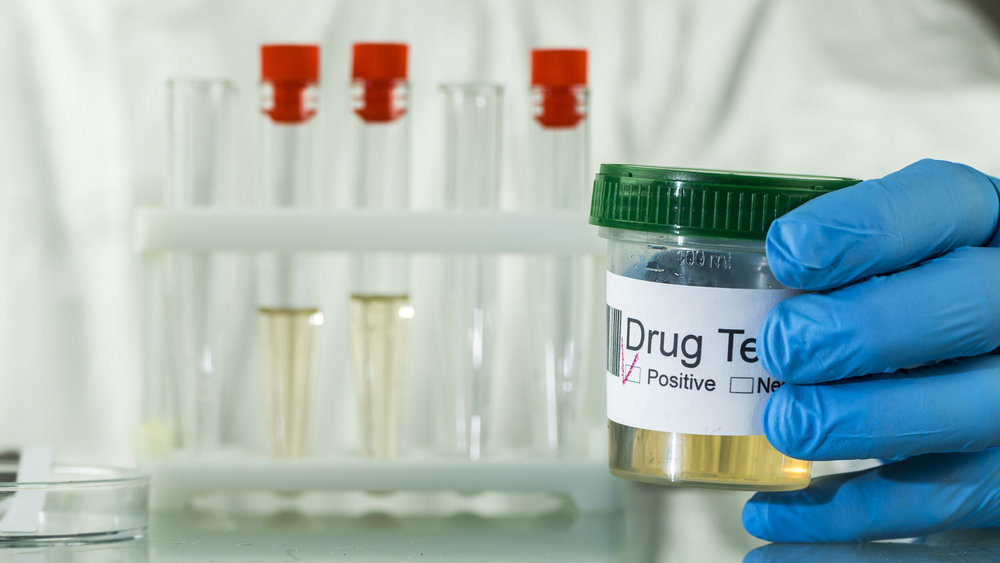
Why Is DOT Drug and Alcohol Testing Important?
The safety of passengers, goods, and other drivers is paramount when driving a truck. The regulations exist to promote safety by keeping impaired drivers off the road. They also provide additional protection for employers because they help mitigate the risk of potential lawsuits and liability in the event of an accident.
Sign up for Exclusive Trucking Tips
Test






